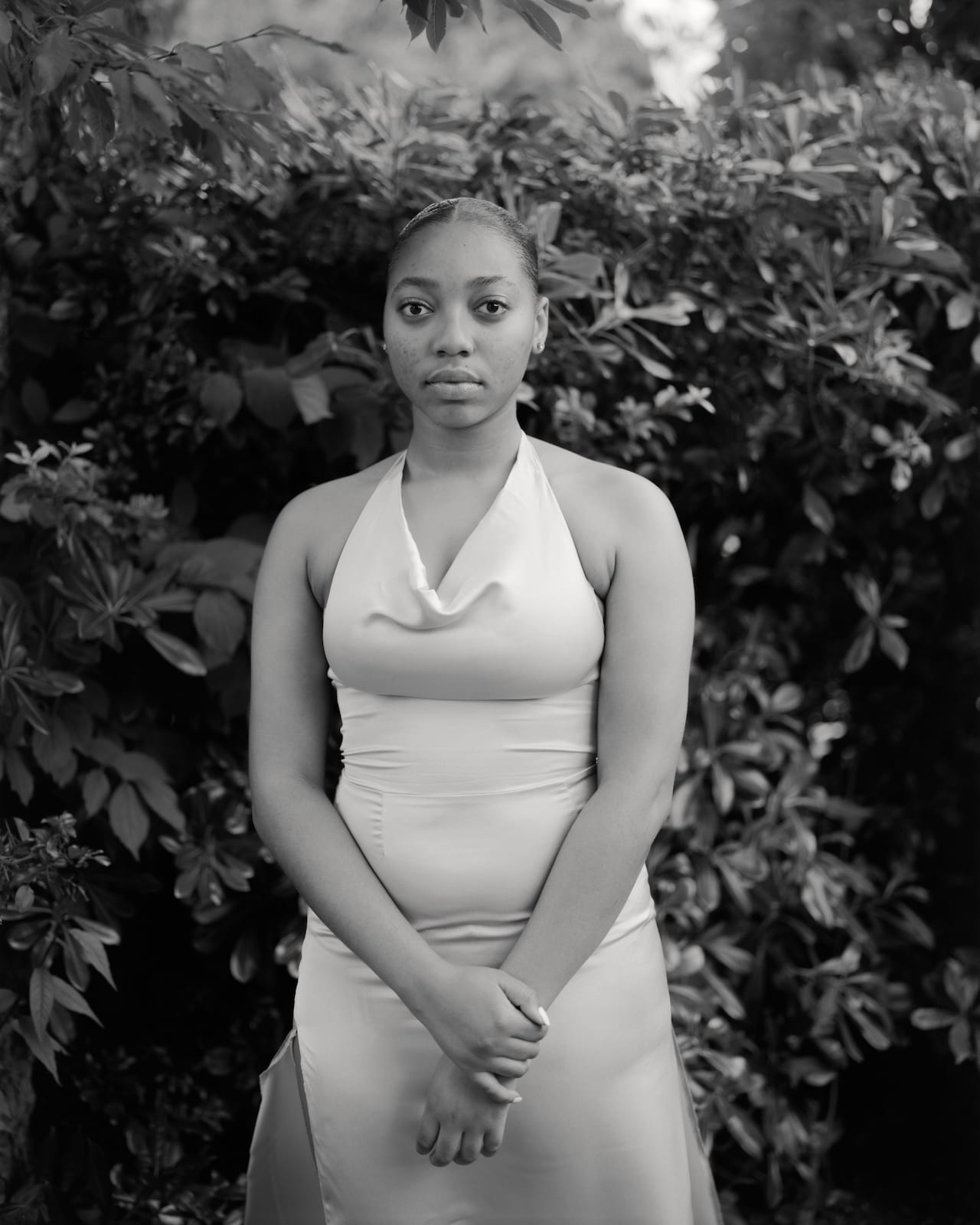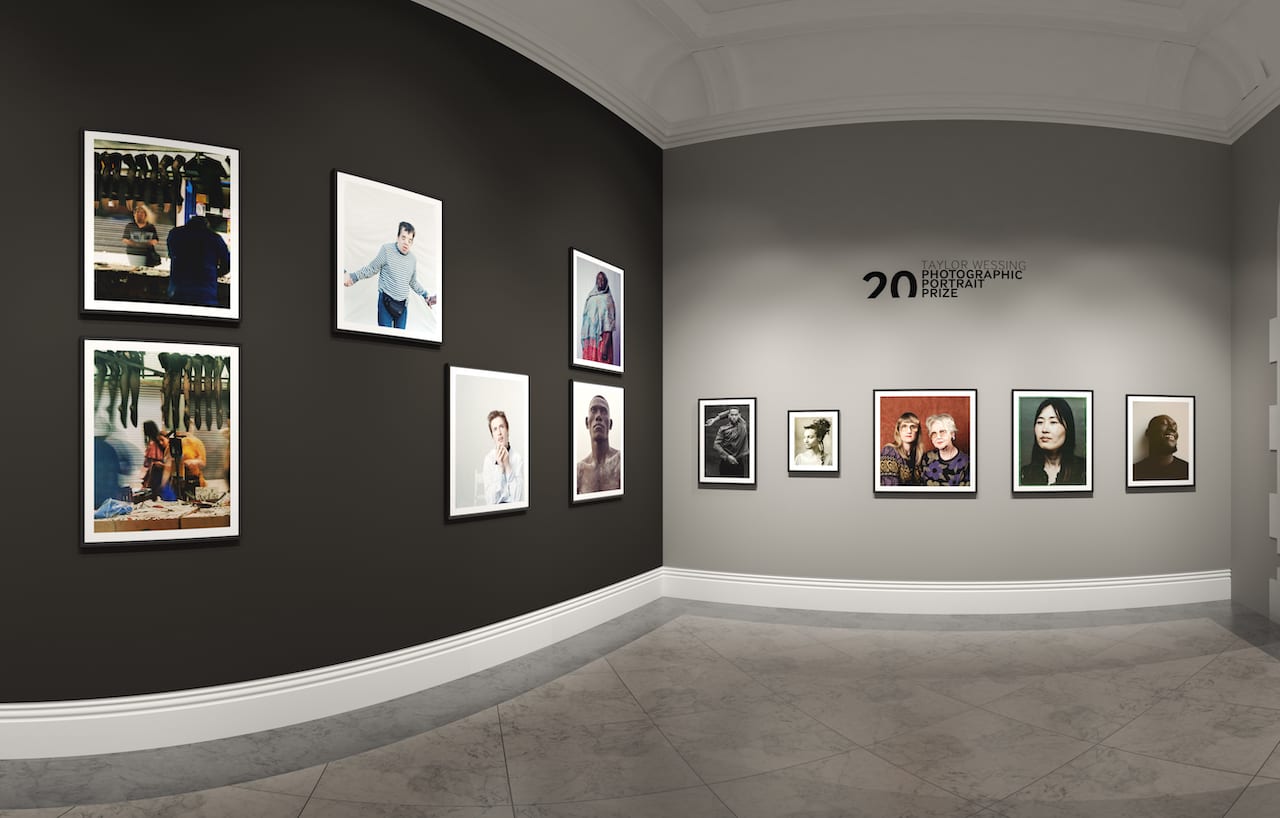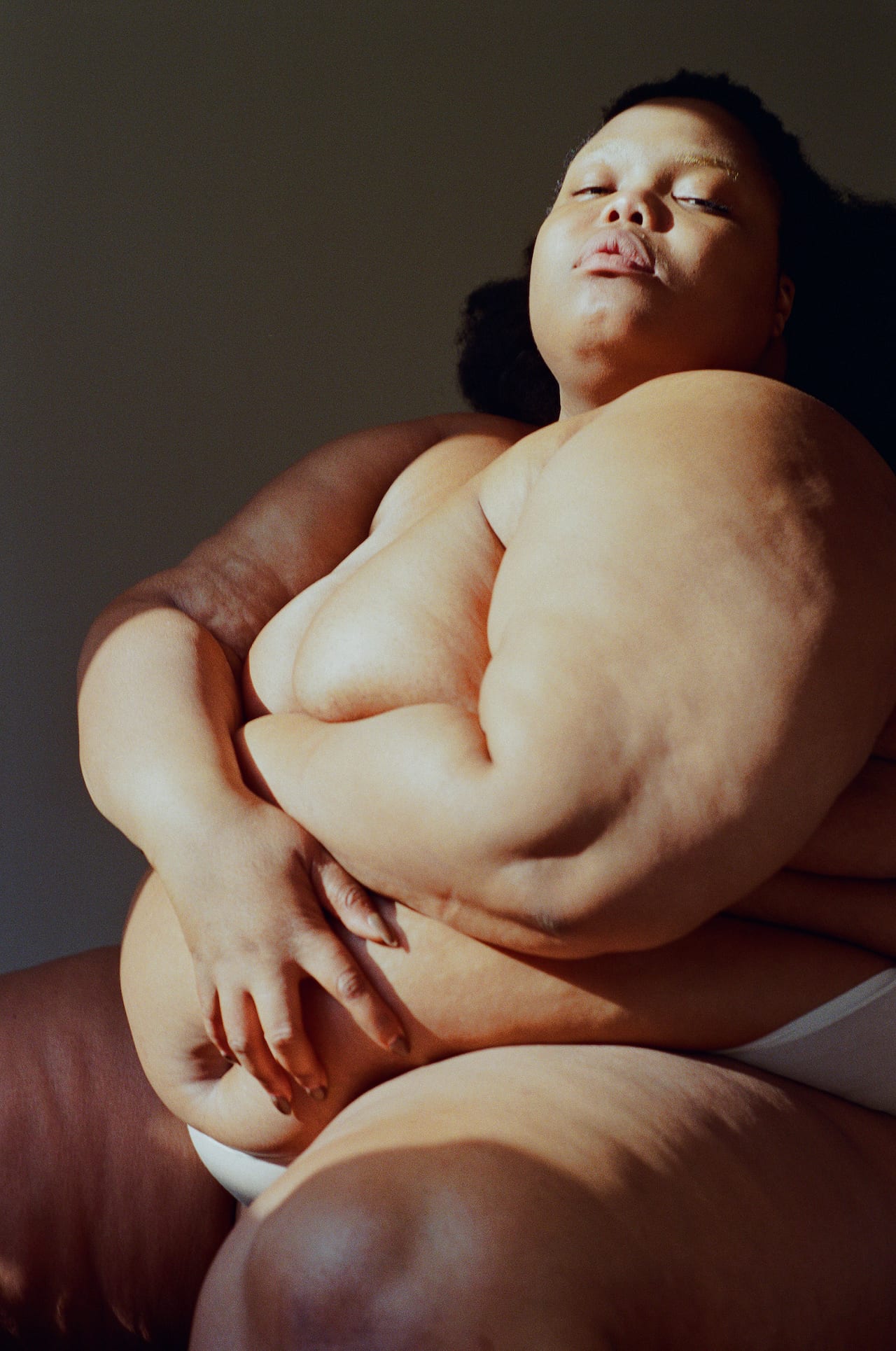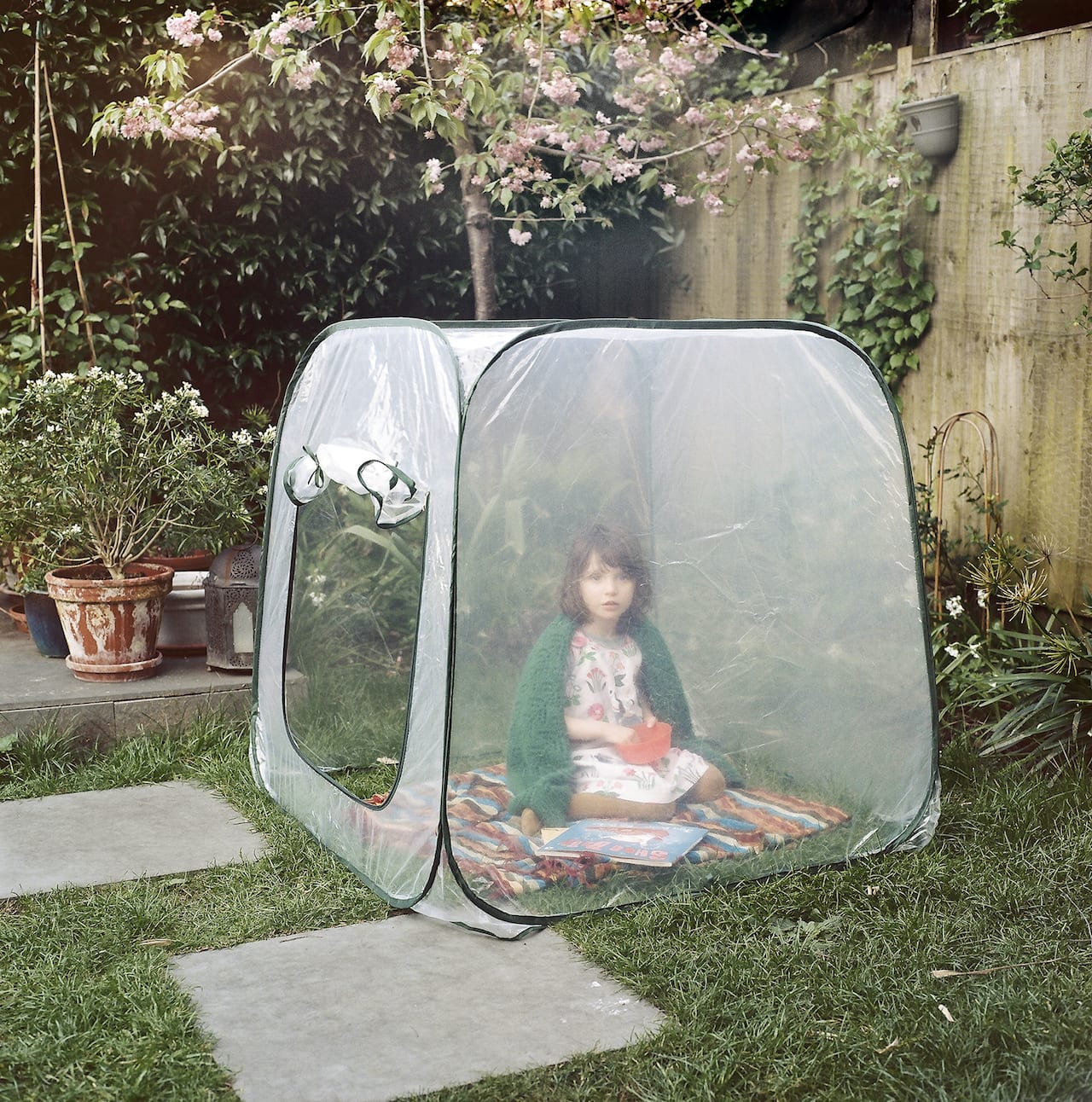In collaboration with Direct Digital – the leading international photographic equipment rental service – 1854 Media and British Journal of Photography presents Industry Insights, a series delving into the ins and outs of working in the photography industry.
When Covid-19 hit, the prestigious portrait prize decided to migrate online. Here, the NPG’s senior curator explains why, and how, they did it
Established in 2003, the Taylor Wessing Photographic Portrait Prize is one of the world’s leading portrait competitions. “It’s such an exciting project to be a part of,” says Magda Keaney, senior curator of photographs at the National Portrait Gallery (NPG), the exhibition’s home. “It is a really important and much-loved exhibition for us,” she says, “because we get to meet new talents and new photographers whom we haven’t before, and we also continue relationships with people who we want to keep working with through the prize”.
Pandemic aside, 2020 was already an unusual year for the Taylor Wessing Prize. The exhibition was never due to take place at the NPG, which was scheduled to be closed for redevelopment from June 2020 until spring 2023. Keaney explains that the exhibitions team was just beginning to envision how the show would proceed, discussing the possibility of offsite venues, when the pandemic hit. “Everything was so unknown,” she recalls.
The BP Portrait Award — the NPG’s annual portrait painting competition — was due to be one of the last exhibitions at the gallery before it closed for redevelopment, but lockdown came into effect before the show was even due to open. “The gallery was really nimble, and adaptable, and made the decision that the BP Award would be presented online,” says Keaney. “It became apparent that Covid wasn’t going anywhere fairly quickly.”

Once the gallery had adapted one show in this way, it became clear that it would be possible to do so with another. “I think that helped shape the decision-making and thinking around the presentation of the Taylor Wessing Prize online,” Keaney says, “[We] recognised from the BP experience that it was possible, that we had the ability to do it, that it was a really great result; that our audience really engaged with it, that we could find ways to work with audience and, through our learning programmes, for it to be a really valuable, rich experience”.
Each year the Taylor Wessing Prize receives around 5,000 image submissions. The first round, submitted digitally, is judged by an internal panel. Then, a longlist of photographers are asked to submit physical prints of their selected images. These are physically judged, anonymously, by an official panel who select a shortlist of finalists for the exhibition, generally around 60 individual works.
“We work really hard to come up with interesting and diverse judging panels,” says Keaney. In addition to Keaney, this year’s judges included Nicholas Cullinan, Edward Enninful, Penny Martin and Mark Neville. “Part of the reason why the prize is such an interesting exhibition comes from that process.”
When the first wave of the pandemic started to abate in early summer, there were hopes that the physical judging might have been able to proceed, but Keaney and her colleagues in the exhibitions department soon decided that the entire process would run online. While safety was an obvious factor, moving the entirety of the process online was also in consideration of entrants, who now wouldn’t have to worry about the cost of producing and shipping prints during such an uncertain time, financially and otherwise. “Practically, I think it was a very supportive decision,” reflects Keaney.

The online exhibition will be familiar to anyone who’s visited the Taylor Wessing prize in the past: a rendering of the high ceilings and cool marble of the NPG, navigated through click-by-easy-click. Images are approached virtually; clicking on each enlarges it into its own window to be seen more closely, along with information about the work and artist. The online format also means that the space is empty, so there’s no waiting to see an image, or craning over another viewer’s shoulder. And, for the first time, audiences from around the world can access the show with ease.
“I think it worked really well,” Keaney says. “Whilst I’m a curator whose practice is definitely still committed to the physical space, I loved working and experimenting in the digital realm.”

As the past year has shown, the NPG team are dedicated to ensuring the Taylor Wessing Prize is contemporary and reflective of both the present moment and the extended photographic community. “We’re always looking at the prizes, asking: what’s working well? How have things changed in the photographic community, or the way people work, or the kinds of work people make?” Increasing diversity amongst exhibited photographers, for example, is an ongoing conversation.
“We want to make sure that [the prize] remains exciting and vital, and reflects contemporary practice,” says Keaney. “I think something that this whole experience has shown us is that we have to be able to take stock of a changing, unpredictable situation, and find ways to move forward.” Though it’s too soon to confirm, it is hoped that the Taylor Wessing exhibition will take place in a physical venue this year.


